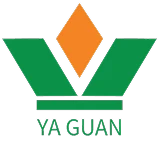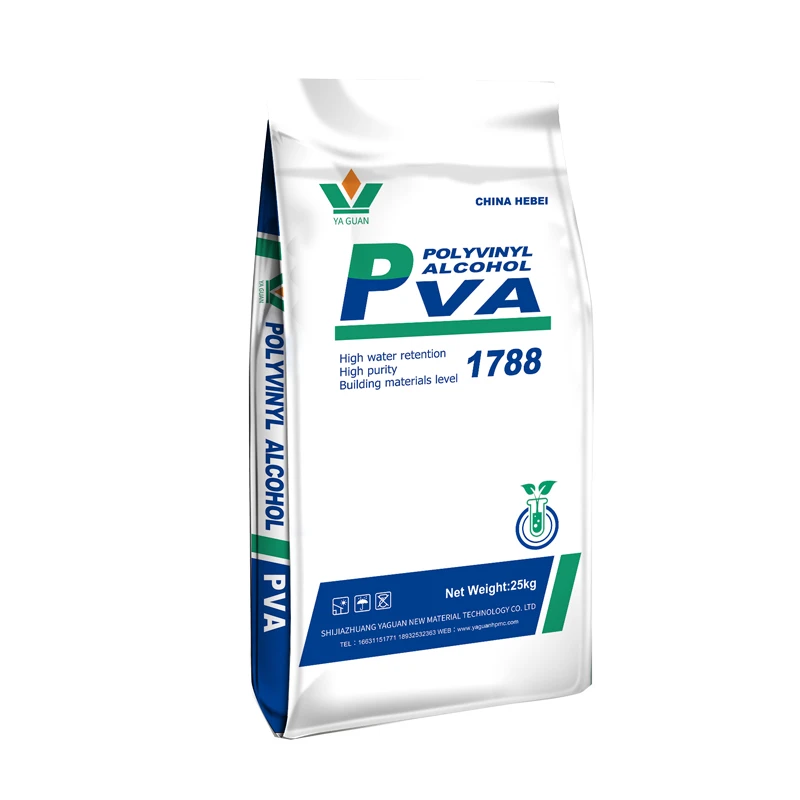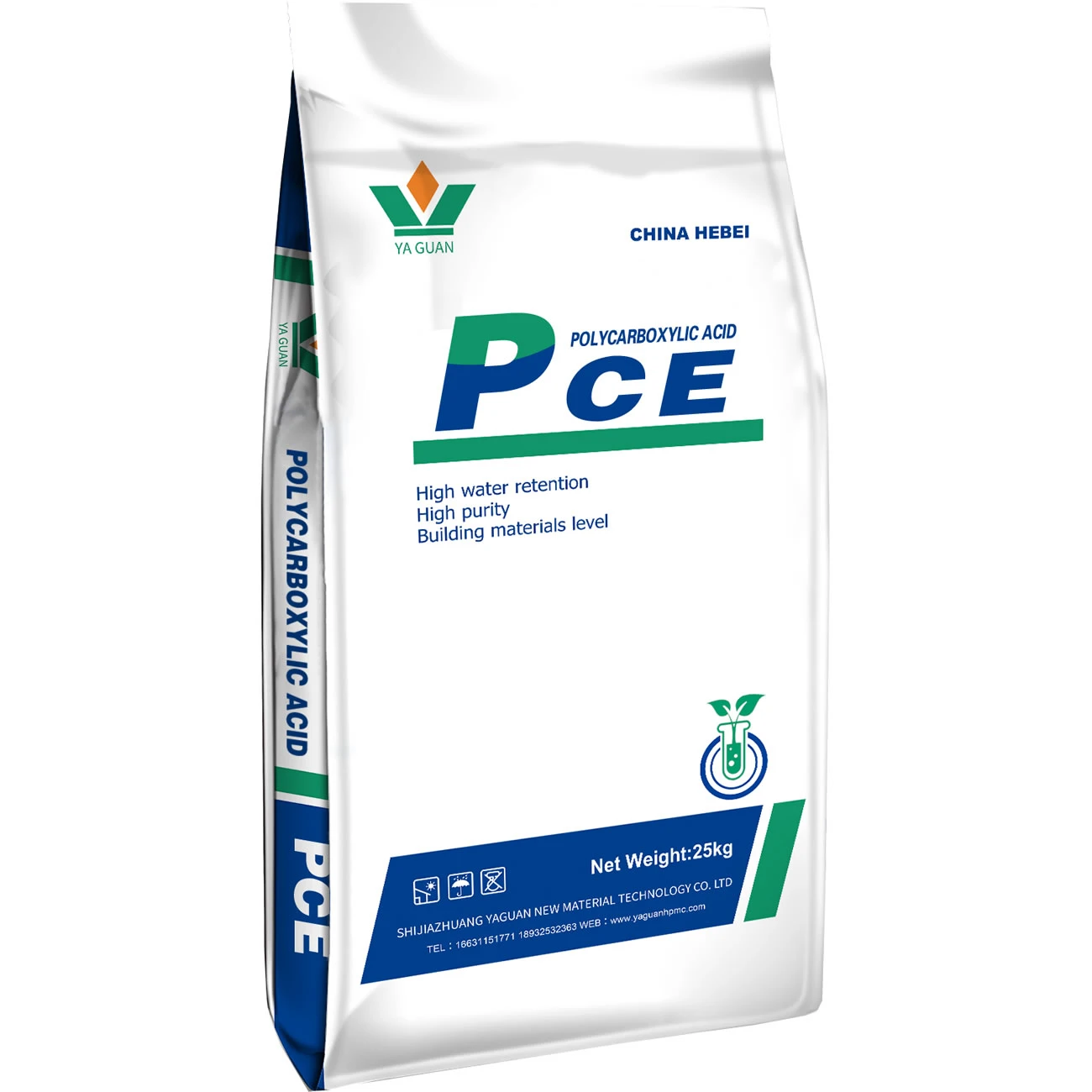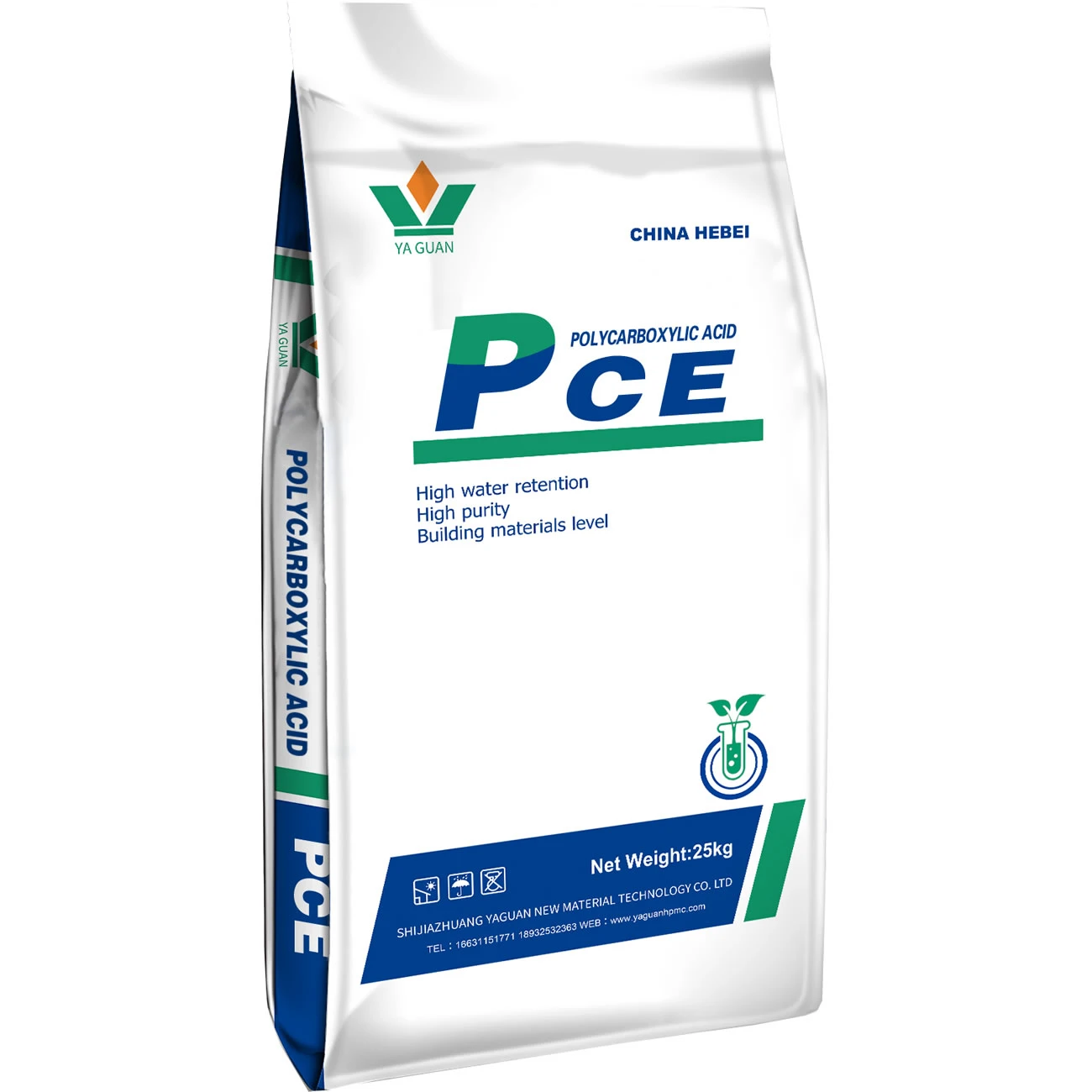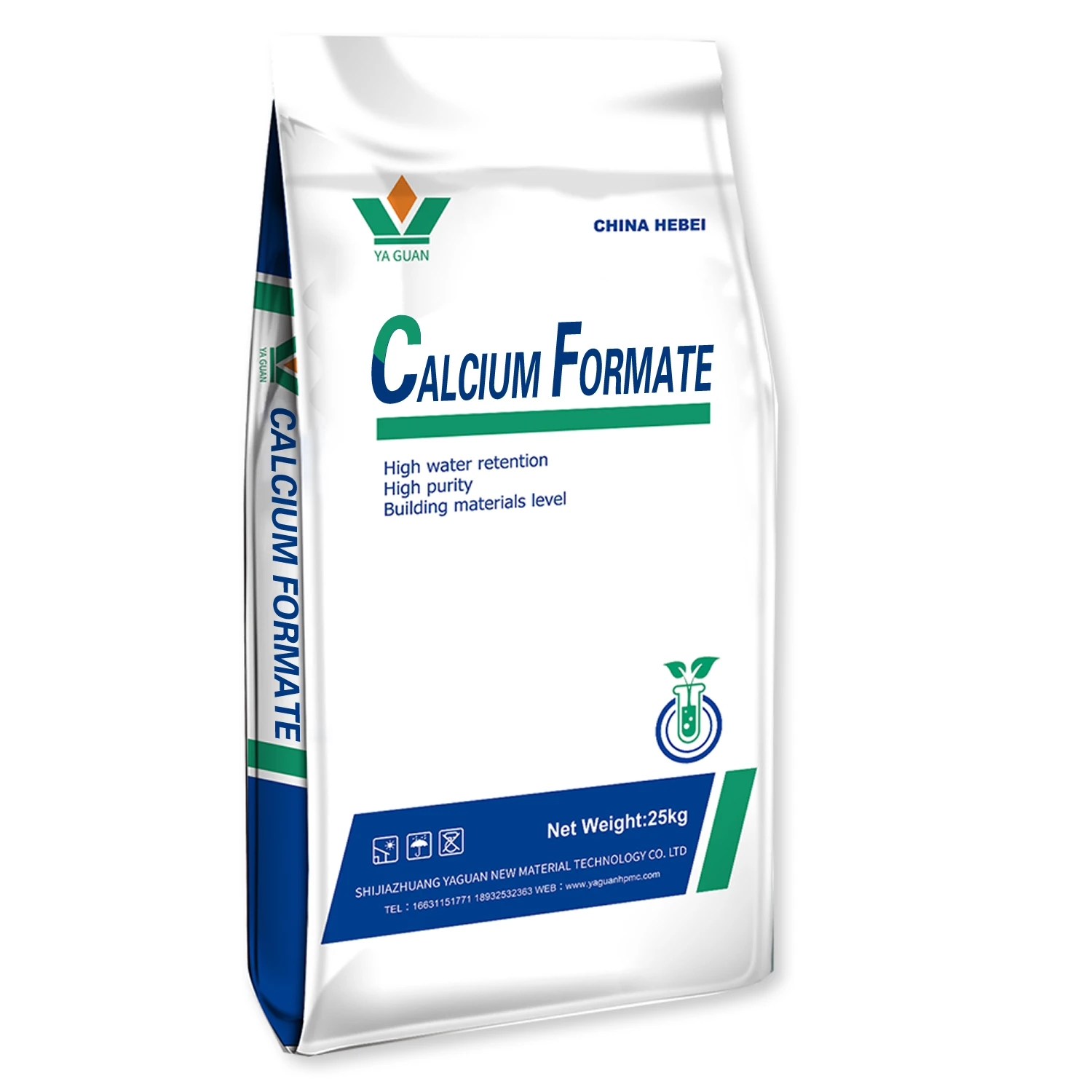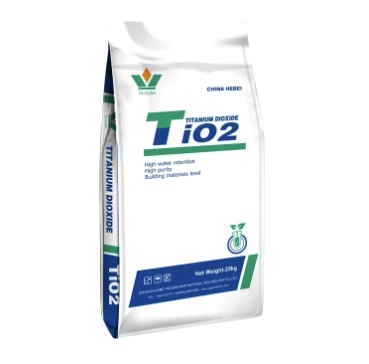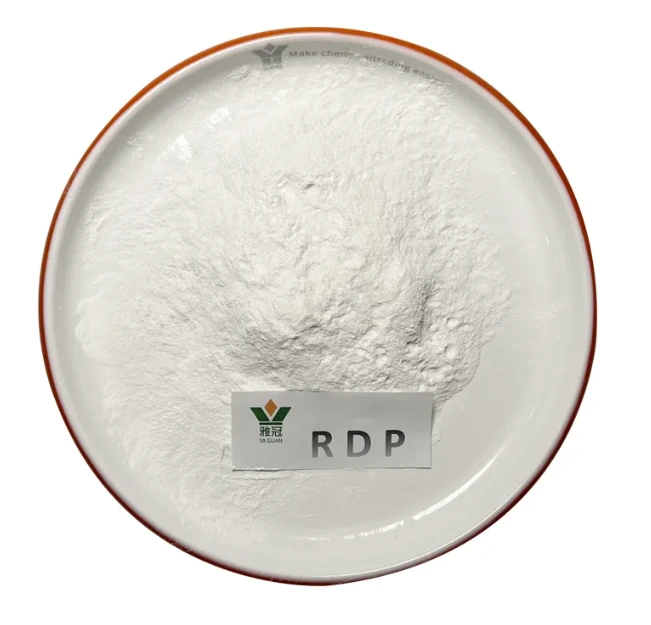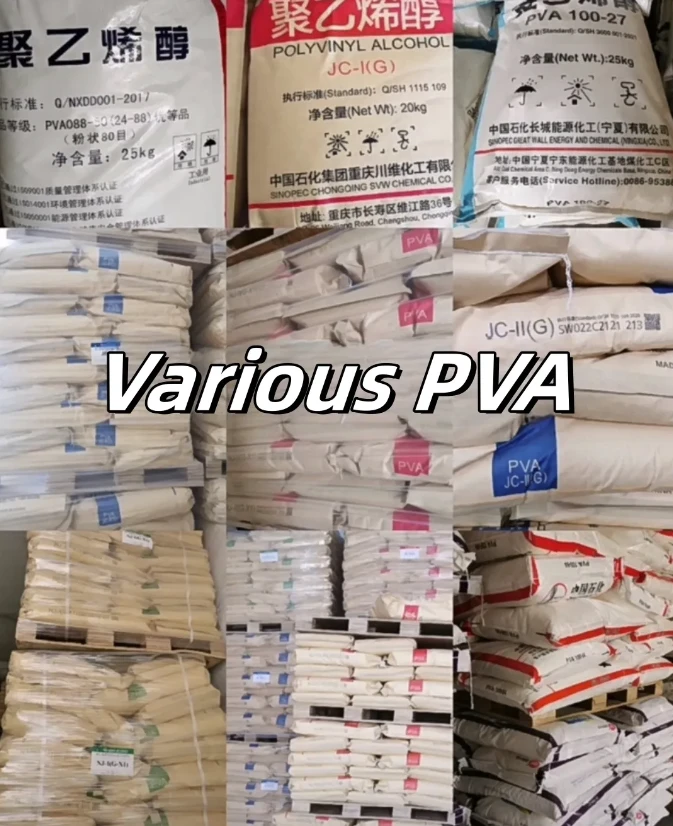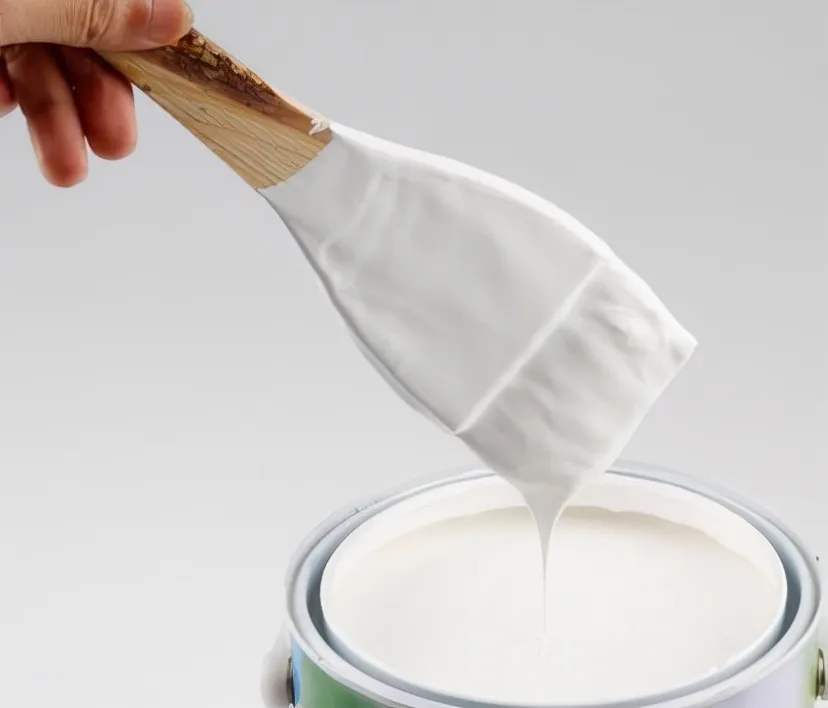
In the dynamic world of paints and coatings, the demand for high-performance materials that withstand the harshest environmental conditions is ever-increasing. At the forefront of this innovation lies titanium dioxide (TiO₂), a pivotal pigment renowned for its exceptional opacity, brightness, and durability. Specifically, the advanced formulation of TiO₂ – Weather-Resistant Pigment for Paints & Coatings stands as a testament to engineering excellence, offering unparalleled protection and aesthetic longevity for a myriad of applications. This comprehensive guide delves into the intricate aspects of this crucial material, from its market impact and technical specifications to its sophisticated manufacturing processes and real-world advantages.
Industry Trends and Market Outlook: The Imperative for Durability
The global paints and coatings market is experiencing robust growth, driven by burgeoning construction activities, increasing automotive production, and a rising emphasis on sustainable and durable solutions across various industries. According to a report by Grand View Research, the global titanium dioxide market size was valued at USD 17.5 billion in 2022 and is projected to grow at a compound annual growth rate (CAGR) of 6.5% from 2023 to 2030, largely fueled by its extensive use in coatings. This growth is particularly pronounced in the segment of weather-resistant pigments, as consumers and industries alike seek products that offer extended service life, reduced maintenance costs, and enhanced aesthetic appeal in the face of aggressive UV radiation, moisture, pollution, and extreme temperatures.
Emerging trends highlight a shift towards higher-performance, specialty TiO₂ grades that provide superior weatherability, chalk resistance, and gloss retention. This demand is not merely aesthetic; it's an economic and environmental imperative. Longer-lasting coatings translate to fewer repainting cycles, conserving resources, reducing waste, and lowering the carbon footprint associated with manufacturing and application. The Asia-Pacific region, with its rapid urbanization and industrialization, leads the consumption, followed by North America and Europe, where stringent environmental regulations further stimulate the adoption of advanced, eco-friendly coating solutions featuring pigments like TiO₂ – Weather-Resistant Pigment for Paints & Coatings. Furthermore, the increasing adoption of cool roof technologies for energy efficiency is propelling demand for high-reflectance, durable white pigments. The global cool roofs market alone is expected to reach USD 5.6 billion by 2027, driven by climate change mitigation efforts and energy conservation policies, cementing the critical role of weather-resistant TiO₂ in future-proofing our infrastructure.

Understanding TiO₂ – Weather-Resistant Pigment for Paints & Coatings: Technical Parameters
The superior weather resistance of specific TiO₂ grades stems primarily from their crystal structure and meticulous surface treatments. While titanium dioxide exists in two primary crystalline forms—Anatase and Rutile—it is the Rutile form that is almost exclusively used for weather-resistant applications. Rutile TiO₂ is thermodynamically more stable, possesses a higher refractive index, and exhibits significantly superior UV light absorption and scattering capabilities compared to Anatase. This inherent stability minimizes photocatalytic activity, which is the primary cause of chalking and degradation in coatings.
However, inherent Rutile properties alone are insufficient for extreme weatherability. Advanced surface treatments are crucial. These involve coating the TiO₂ particles with inorganic oxides such as dense, amorphous silica (SiO₂), alumina (Al₂O₃), zirconia (ZrO₂), or combinations thereof. These dense, inert layers encapsulate the TiO₂ core, creating a barrier that prevents direct contact between the TiO₂ surface and the binder system of the paint, thereby inhibiting photo-oxidative degradation and enhancing dispersibility. Organic treatments may also be applied to further improve compatibility with specific resin systems and aid in dispersion during formulation.
Key Properties and Their Significance:
- Opacity and Whiteness: These are the fundamental optical properties. Opacity, also known as hiding power, is the ability of the pigment to obscure the substrate or underlying coat. It is quantified by contrast ratio. Whiteness refers to the degree of lightness and freedom from color cast, often measured using colorimeters and expressed in L*a*b* values (L* for lightness, a* for red/green, b* for yellow/blue). For TiO₂ – Weather-Resistant Pigment for Paints & Coatings, maintaining high L* values and minimal color shift (a* and b* close to zero) over time is crucial for aesthetic longevity.
- Tinting Strength: This property describes the efficiency of a white pigment in imparting whiteness or lightening a colored pigment. High tinting strength implies that less pigment is required to achieve a desired level of opacity or color dilution, leading to economic benefits in formulation without compromising performance.
- Dispersibility: Refers to the ease and extent to which pigment particles can be uniformly distributed and stabilized within a liquid medium (e.g., paint resin system). Good dispersibility is critical for achieving optimal optical properties, preventing flocculation (re-aggregation of particles), which can lead to reduced gloss, lower hiding power, and even film defects. Surface treatments significantly enhance dispersibility.
- Light Fastness and Weatherability: This is the hallmark of TiO₂ – Weather-Resistant Pigment for Paints & Coatings. It denotes the pigment's inherent ability to resist degradation, such as chalking (surface powdering), yellowing, and loss of gloss, when exposed to harsh environmental factors, including intense UV radiation, moisture (rain, humidity), temperature fluctuations, and atmospheric pollutants. This resistance is quantitatively assessed through rigorous accelerated weathering tests (e.g., ASTM G154, ISO 11341) and long-term natural outdoor exposure studies, measuring key parameters like gloss retention, minimal color change (ΔE), and high chalk rating (e.g., ASTM D4214, scale 0-10 where 10 is no chalking).
- Oil Absorption: This is a measure of the amount of linseed oil (or other standard oils) required to create a stiff, cohesive paste with a given weight of pigment. Lower oil absorption generally indicates easier dispersibility and allows for higher pigment loading in coatings while maintaining desired viscosity, which can be advantageous in high-solids formulations.
- Specific Gravity: The ratio of the density of the pigment to the density of water. This parameter is crucial for accurate volumetric calculations in paint formulation and for predicting potential sedimentation issues during storage. For Rutile TiO₂, it typically ranges between 4.0 and 4.2 g/cm³.
- Particle Size Distribution: The range and average size of the individual pigment particles. For optimal light scattering, TiO₂ particles should be uniformly sized and narrowly distributed around 0.2-0.3 micrometers. Precise control over this distribution is essential for achieving consistent optical performance and reducing defects in the final coating film.
Typical Technical Specifications for TiO₂ – Weather-Resistant Pigment for Paints & Coatings
| Property | Unit | Typical Value Range | Significance for Weather Resistance |
|---|---|---|---|
| TiO₂ Content (Rutile) | % min | 93.0 - 95.0 | Higher rutile content ensures superior UV stability and chalk resistance, as anatase is photocatalytically active. |
| Surface Treatment | Type | Al₂O₃, SiO₂, ZrO₂ (complex inorganic layers) + organic | Crucial for encapsulating the TiO₂ core, preventing photocatalysis and enhancing dispersion stability in various binders. |
| Specific Gravity | g/cm³ | 4.0 - 4.2 | Indicates density for accurate formulation calculations and contributes to sedimentation control in coatings. |
| Oil Absorption | g/100g | 16 - 20 | Lower values facilitate higher pigment loading and easier, more energy-efficient dispersion, reducing formulation costs. |
| Whiteness (L* value) | Min | 98.0 (on a 0-100 scale, higher is whiter) | Ensures a bright, clean white color and excellent base for tinting, maintaining aesthetic appeal over time. |
| Tinting Strength (Rayleigh Scatter) | Min | 1900 | High efficiency in lightening or whitening, meaning less pigment is required to achieve desired opacity, optimizing formulation cost. |
| Residue on Sieve (45µm) | % max | 0.01 - 0.02 | Indicates fineness and absence of coarse particles, essential for smooth, defect-free coatings and optimal optical properties. |
| pH Value (aqueous slurry) | 6.5 - 8.0 | Near-neutral pH range ensures broad compatibility with various binder systems without catalyzing degradation or affecting stability. | |
| Volatile Content (105°C) | % max | 0.5 | Low moisture content ensures stable product weight, prevents processing issues like blistering, and maintains quality. |
| Gloss Retention (after QUV, 2000 hrs) | % min | 80 - 90 | Key performance indicator of weatherability, demonstrating resistance to gloss loss due to UV exposure and environmental degradation. (Tested via ASTM G154) |
| Chalking Rating (after QUV, 2000 hrs) | Scale 0-10 | 9 - 10 (10 indicates no chalking) | Resistance to pigment degradation and exposure on the film surface, crucial for maintaining film integrity and appearance. (Tested via ASTM D4214) |
Manufacturing Process of TiO₂ – Weather-Resistant Pigment for Paints & Coatings
The production of high-performance TiO₂ – Weather-Resistant Pigment for Paints & Coatings involves sophisticated chemical engineering processes designed to meticulously control crystal structure, particle size, and surface chemistry. The two primary industrial methods are the Sulfate Process and the Chloride Process. While both yield Rutile TiO₂, the Chloride Process is predominantly favored for high-performance weather-resistant grades due to its capability to produce higher purity pigments with finer control over particle morphology, which directly impacts weatherability and dispersibility.
Figure 1: Simplified Manufacturing Process Flow for Weather-Resistant TiO₂
(Please note: For a detailed visual representation, including short videos or interactive diagrams, please visit our product page or contact our technical team.)
High-purity ilmenite or natural rutile beneficiation to remove impurities.
Chlorination of purified ore at high temperatures (Chloride Process) to form TiCl₄ gas.
Fractional distillation of TiCl₄ to achieve ultra-high purity, removing trace metals.
Oxidation of TiCl₄ with oxygen at extreme temperatures (>1000°C) to form fine Rutile TiO₂ particles.
Aqueous slurry processing to refine particle size and break down aggregates.
Precipitation of inorganic oxides (Al₂O₃, SiO₂, ZrO₂) and application of organic compounds for enhanced weatherability and dispersibility.
Final drying (e.g., spray drying), pulverization to fine powder, and rigorous quality control before packaging.
Detailed Manufacturing Insights:
- Raw Material Selection (Product Material): Our TiO₂ – Weather-Resistant Pigment for Paints & Coatings exclusively utilizes high-grade ilmenite ore or synthetic rutile, chosen for their superior titanium content and minimal impurity profiles. This foundational purity is absolutely critical, as trace impurities can act as photocatalytic centers, compromising the weather resistance of the final pigment. Strict incoming material inspections ensure only premium feedstocks enter our process.
- Manufacturing Process (Chloride Process Focus):
- Chlorination: The beneficiated titanium-bearing ore is reacted with chlorine gas and a carbon source (e.g., petroleum coke) in a fluid-bed reactor at extremely high temperatures, typically ranging from 800°C to 1200°C. This converts the titanium minerals into volatile titanium tetrachloride (TiCl₄), along with other metal chlorides from impurities. The gaseous nature of TiCl₄ allows for easy separation from solid impurities.
- Purification: The crude TiCl₄ vapor undergoes a multi-stage fractional distillation process. This highly precise step is crucial for removing undesirable impurities like iron, vanadium, and chromium chlorides, which can negatively impact the whiteness, tinting strength, and photocatalytic stability of the final TiO₂. The result is a highly purified TiCl₄.
- Oxidation: The purified TiCl₄ is then preheated and reacted with oxygen at extremely high temperatures, often exceeding 1000°C, in a specially designed flame reactor. This rapid, vapor-phase oxidation leads to the formation of ultrafine, crystalline Rutile TiO₂ particles. Precise control of temperature, residence time, and reactant ratios is essential for controlling the primary particle size and crystal habit, which in turn dictate the pigment's optical properties and weatherability.
- Cooling & Separation: The hot gas stream containing the nascent TiO₂ particles is rapidly cooled, and the solid pigment is efficiently separated from the residual chlorine gas (which is captured and recycled back into the chlorination step, making the Chloride Process environmentally advantageous and cost-efficient).
- Wet Milling & Grinding: The raw TiO₂ pigment is then processed in an aqueous slurry. This stage involves intense wet milling and grinding to break down any aggregates formed during synthesis and achieve a narrow, optimized particle size distribution. This mechanical treatment ensures that the individual pigment particles are perfectly sized for maximum light scattering and hiding power.
- Surface Treatment (The Pinnacle of Weather Resistance): This is arguably the most critical and complex stage for producing weather-resistant grades. The TiO₂ slurry undergoes meticulous surface modification. Multiple layers of inorganic oxides, such as dense, amorphous silica (SiO₂) and alumina (Al₂O₃), are precisely precipitated onto the surface of each individual TiO₂ particle. Zirconia (ZrO₂) may also be applied for specific enhanced durability requirements, providing even greater density and UV stability. These inorganic coatings form a robust, impermeable shell that isolates the photocatalytically active TiO₂ core from the surrounding organic binder of the paint, dramatically inhibiting photo-oxidative degradation and subsequent chalking and gloss loss. Following the inorganic treatment, specialized organic compounds (e.g., polyols, silicones) are applied. These organic treatments are vital for optimizing dispersibility and compatibility with a wide array of resin systems (e.g., acrylics, polyesters, polyurethanes), ensuring easy incorporation into paint formulations and achieving excellent gloss, flow, and film integrity in the final coating. The precise control over the morphology and thickness of these surface layers is a proprietary aspect of high-performance TiO₂ – Weather-Resistant Pigment for Paints & Coatings.
- Drying & Micronization: The fully treated slurry is then dewatered and dried using methods like spray drying, which produces a fine, free-flowing powder. This powder is then subjected to a final micronization step, typically through controlled air-jet milling, to ensure ultimate fineness and de-agglomeration, ready for incorporation into demanding coating applications.
- Detection Standards: Our production adheres strictly to and often exceeds a comprehensive set of international quality and performance standards, ensuring the utmost reliability and performance:
- ISO 591-1:2000 (Pigments - Titanium dioxide pigments - Part 1: Specifications and methods of test): A fundamental standard ensuring basic quality and performance parameters for TiO₂ pigments.
- ASTM D476 (Standard Specification for Titanium Dioxide Pigments): Provides detailed specifications for various grades of TiO₂ suitable for paint and coating applications, including performance requirements.
- ASTM G154 (Standard Practice for Operating Fluorescent Ultraviolet (UV) Lamp Apparatus for Exposure of Nonmetallic Materials): Crucial for accelerated weathering testing, providing a standardized method to predict long-term performance under UV light and moisture.
- ISO 11341 (Paints and varnishes - Artificial weathering and exposure to artificial radiation - Exposure to filtered xenon-arc radiation): Another key international standard for accelerated weathering, using a xenon-arc lamp to simulate full-spectrum sunlight.
- ISO 9001:2015 (Quality Management System): Certifies our commitment to a robust quality management system, ensuring consistent product quality and customer satisfaction.
- ISO 14001:2015 (Environmental Management System): Demonstrates our dedication to environmentally responsible manufacturing processes and sustainable operations.
- REACH (Registration, Evaluation, Authorisation and Restriction of Chemicals) Compliance: Ensures our products meet stringent European Union chemical regulations for safety and environmental protection.
- RoHS (Restriction of Hazardous Substances) Compliance: Confirms that our products are free from specified hazardous substances.
- Usage Lifespan and Applicable Industries: The meticulous manufacturing and advanced surface treatment processes of our TiO₂ – Weather-Resistant Pigment for Paints & Coatings significantly extend the lifespan of coatings. While conventional TiO₂ pigments might show noticeable degradation within 3-5 years in harsh outdoor environments, coatings formulated with our product can maintain their integrity, gloss, and color for 10-15 years or even longer, depending on the binder system, film thickness, and specific environmental conditions. This superior longevity makes it indispensable across a wide range of demanding industries:
- Architectural Coatings (Exterior): For residential, commercial, and industrial buildings requiring long-term aesthetic appeal and protective qualities against the elements, including high-rise facades and historical restoration.
- Automotive Coatings: Essential for basecoats and clearcoats in automotive finishes, providing superior gloss retention, color stability, and chip resistance under prolonged sun exposure and environmental stress.
- Industrial Coatings: Offering robust protection for critical infrastructure (e.g., bridges, pipelines, wind turbines), heavy machinery, and agricultural equipment, where extreme weather resistance and corrosion prevention are paramount.
- Marine Coatings: Crucial for ships, offshore oil rigs, and port structures, which are constantly exposed to highly corrosive salt spray, intense UV radiation, and constant moisture, demanding exceptional barrier protection and color stability.
- Plastics and Masterbatches: Used in outdoor plastic products such as PVC window profiles, garden furniture, automotive components, and signage to prevent color fading, embrittlement, and loss of mechanical properties due to UV degradation.
- Powder Coatings: Providing highly durable, weather-resistant, and aesthetically pleasing finishes for metal substrates, often used in architectural aluminum, appliances, and industrial equipment.
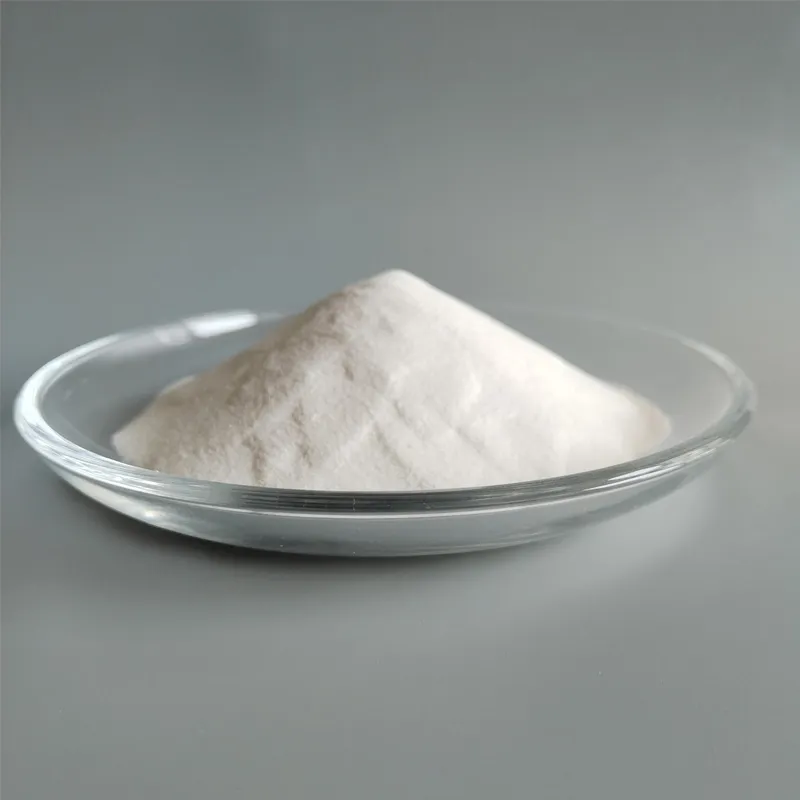
Application Scenarios and Strategic Advantages
The strategic deployment of TiO₂ – Weather-Resistant Pigment for Paints & Coatings delivers a suite of unparalleled advantages that translate directly into enhanced performance, reduced costs, and improved sustainability across diverse applications.
Superior UV Resistance and Chalking Resistance: This is the paramount advantage and the core functionality of this specialized pigment. The sophisticated inorganic surface treatments act as a sacrificial barrier, absorbing, scattering, and reflecting harmful UV radiation, thereby preventing it from reaching and degrading the underlying organic polymer binder of the paint. This action significantly minimizes chalking—the undesirable formation of a white, powdery residue on the surface of the coating—which is a definitive indicator of pigment and binder breakdown. In highly exposed environments such as tropical climates, high-altitude regions, or industrial zones with strong atmospheric pollutants, this resistance ensures the coating maintains its structural integrity and aesthetic appeal for significantly longer periods, reducing the need for costly recoating and remediation. Coatings maintain a crisp, clean finish year after year.
Excellent Color and Gloss Retention: Coatings formulated with our weather-resistant TiO₂ exhibit remarkable stability in maintaining their original color vibrancy and gloss level over extended periods of outdoor exposure. Without this advanced protection, standard coatings can rapidly become dull, discolored, and faded, diminishing the visual appeal of the asset. For high-value applications such as premium automotive finishes, luxury architectural façades, or branded signage, maintaining pristine visual appeal is absolutely paramount, directly impacting brand perception, market value, and client satisfaction. Our pigment ensures that the initial aesthetic investment pays dividends over decades.
Enhanced Durability and Extended Coating Lifespan: By preventing the premature degradation of the polymer binder through its anti-photocatalytic action, our TiO₂ – Weather-Resistant Pigment for Paints & Coatings dramatically extends the overall functional lifespan of the coating system. This means fewer recoating cycles are needed over the asset's service life, leading to substantial savings in labor, material, equipment rental, and disposal costs. It also significantly minimizes operational disruptions in industrial settings where recoating projects can halt production or critical services, thereby maximizing uptime and productivity.
Cost-Effectiveness Over Time: While the initial purchase cost per kilogram of a premium weather-resistant TiO₂ grade might be marginally higher than general-purpose grades, the long-term economic benefits far outweigh this difference. The significantly extended lifespan and drastically reduced maintenance requirements result in a substantially lower total cost of ownership (TCO) for the coated asset. This long-term value proposition is a key driver for its widespread adoption in critical infrastructure projects, high-value manufacturing, and premium consumer goods where durability is non-negotiable.
Energy Efficiency (Cool Roof Applications): White coatings pigmented with high-performance TiO₂ can significantly enhance the Solar Reflectance Index (SRI) of building surfaces. By reflecting a substantial portion of incident solar radiation rather than absorbing it, these "cool roofs" or "cool walls" drastically reduce heat transfer into buildings, thereby lowering internal temperatures and decreasing reliance on energy-intensive air conditioning systems. This directly translates into measurable energy savings and reduced greenhouse gas emissions, aligning perfectly with global sustainability goals and regulatory mandates. For example, a study published in the journal "Energy and Buildings" demonstrated that cool roofs can reduce cooling energy consumption by 10-30% depending on climate and building type, providing a tangible return on investment.
Corrosion Resistance (in specific coating systems): While TiO₂ – Weather-Resistant Pigment for Paints & Coatings itself is chemically inert, its ability to protect and preserve the integrity of the binder system indirectly but powerfully contributes to the overall corrosion resistance of a coating. By preventing the premature breakdown of the paint film, it ensures that the barrier protection against moisture, oxygen, and aggressive chemical agents remains intact, thereby enhancing the substrate's defense against rust and chemical attack. This is particularly vital in extremely challenging environments like the petrochemical, metallurgy, water and wastewater treatment, and marine industries, where structural integrity is constantly challenged by harsh chemicals, corrosive atmospheres, and prolonged submersion.
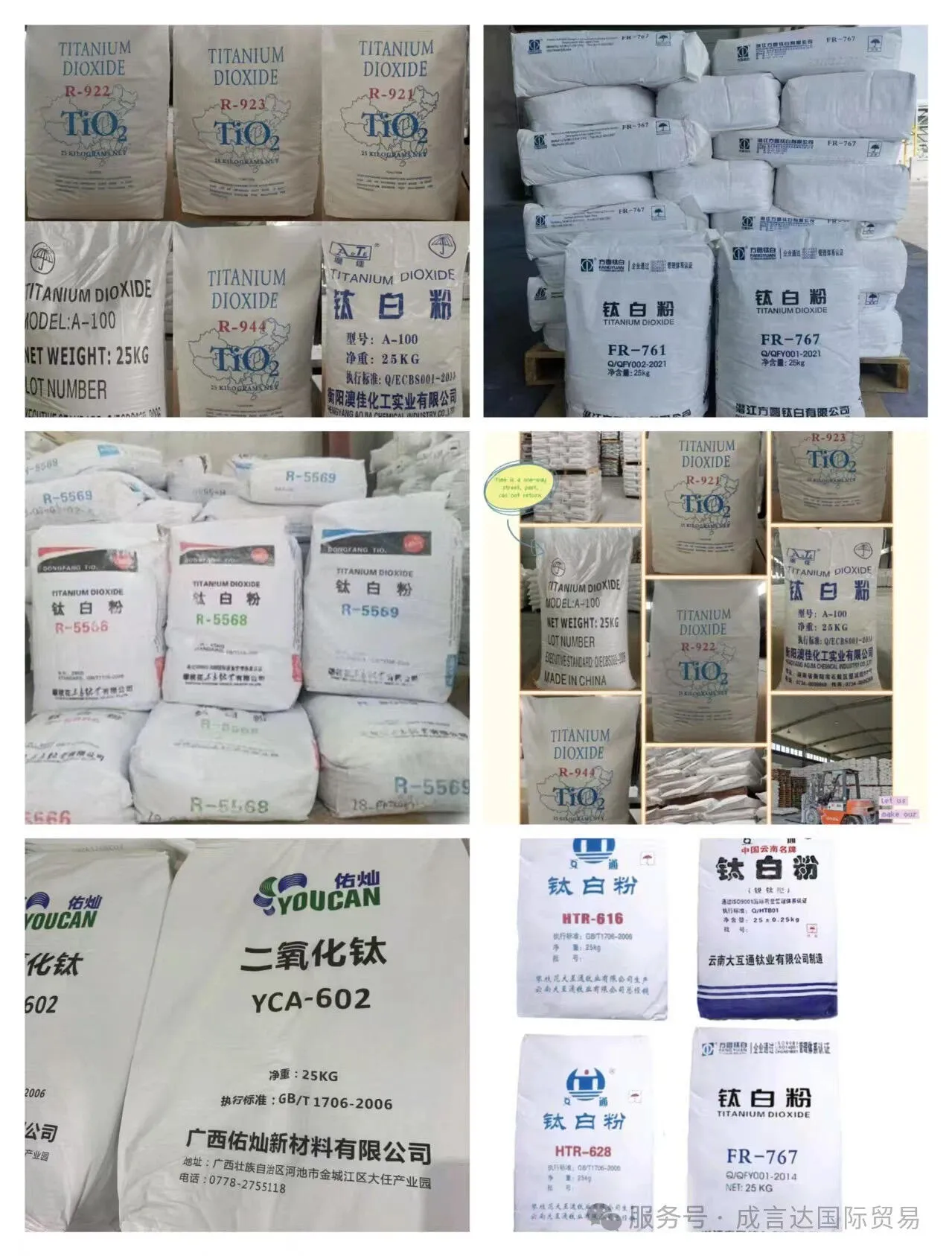
Technical Advantages and Competitive Differentiation
Our commitment to advanced materials science positions our TiO₂ – Weather-Resistant Pigment for Paints & Coatings at the pinnacle of performance. We not only adhere to but often exceed industry benchmarks through continuous R&D and stringent quality control, offering a truly differentiated product.
Performance Metrics Comparison:
| Feature/Performance Metric | Standard Rutile TiO₂ (General Purpose) | Our TiO₂ – Weather-Resistant Pigment for Paints & Coatings | Advantage of Our Product |
|---|---|---|---|
| Surface Treatment Composition | Minimal inorganic (Al₂O₃), basic organic. | Multi-layered, dense inorganic (Al₂O₃, SiO₂, often ZrO₂) & advanced organic for specific resin compatibility. | Superior, robust encapsulation prevents photocatalysis; optimized for specific paint systems. |
| Gloss Retention (after 2000hr QUV, ASTM G154) | Typically 60-75% of initial gloss. | >88% of initial gloss | Maintains high aesthetic appeal and reflective properties significantly longer, delaying recoating cycles. |
| Chalking Rating (after 2000hr QUV, ASTM D4214) | 5-7 (Moderate to Significant chalking). | 9-10 (Negligible to None chalking) | Effectively prevents surface degradation, preserving film integrity and color without unsightly powdering. |
| Color Change (ΔE, CIE L*a*b* after 2000hr QUV) | >2.0 units. | <0.8 units | Exceptional color stability, particularly vital for white and pastel shades, ensuring long-term aesthetic consistency. |
| Particle Size Distribution Uniformity | Broader, less controlled distribution. | Highly controlled, narrow distribution with optimal average particle size (0.25-0.3 µm). | Ensures maximum light scattering efficiency, superior hiding power, and consistent tinting strength, leading to homogeneous film formation. |
| Dispersibility in Various Systems | Good in common solvent systems, variable in water-based. | Excellent and versatile across both water-based and solvent-based, high-solids, and powder coating systems. | Easier, faster, and more energy-efficient dispersion, minimizing production time and preventing pigment aggregation issues in final formulations. |
| Weathering Lifespan of Coatings (Typical Exterior) | 3-7 years. | 10-15+ years (depending on binder system and application severity). | Significant reduction in Total Cost of Ownership (TCO) through drastically extended service intervals, improving asset value. |
| Applicable Industries/Environments | General exterior, semi-durable applications. | Demanding exterior architecture, automotive OEM & refinish, marine, heavy industrial, high-durability plastics. | Broad versatility for the most critical and challenging high-performance applications where failure is not an option. |
Manufacturer Comparison: Our Commitment to Excellence
While the global market offers various TiO₂ producers, our differentiation lies not just in superior product specifications but in a holistic approach to quality, service, and innovation. We continuously benchmark our products and processes against leading global manufacturers like Chemours (Ti-Pure™), Venator (Tronox™), Kronos, and Lomon Billions, striving to offer competitive or superior performance, particularly in specialized weather-resistant grades. Our distinct advantages include:
- Unrivaled Technological Prowess: Our dedicated R&D department invests heavily in cutting-edge surface chemistry and particle engineering, constantly pushing the boundaries of weatherability and functionality for TiO₂. We hold several proprietary process enhancements that contribute to our product's unique performance.
- Uncompromising Consistent Quality: Our state-of-the-art manufacturing facilities operate under rigorous ISO 9001:2015 certified quality management systems. This ensures meticulous control at every stage, from stringent raw material sourcing and in-process analytical checks to comprehensive final product testing. This commitment translates into exceptional batch-to-batch consistency, providing reliability our customers can depend on.
- Robust Global Supply Chain: Leveraging a well-established and resilient logistics network, we ensure timely and reliable delivery of our products worldwide. Our robust inventory management and strategic warehousing minimize lead times and ensure supply continuity, even in fluctuating market conditions.
- Proactive Customer-Centric Approach: Our experienced technical support team collaborates closely with clients, acting as an extension of their R&D departments. We don't just supply pigment; we provide in-depth consultation, troubleshoot complex formulation challenges, and offer tailored guidance to optimize coating performance for specific applications.
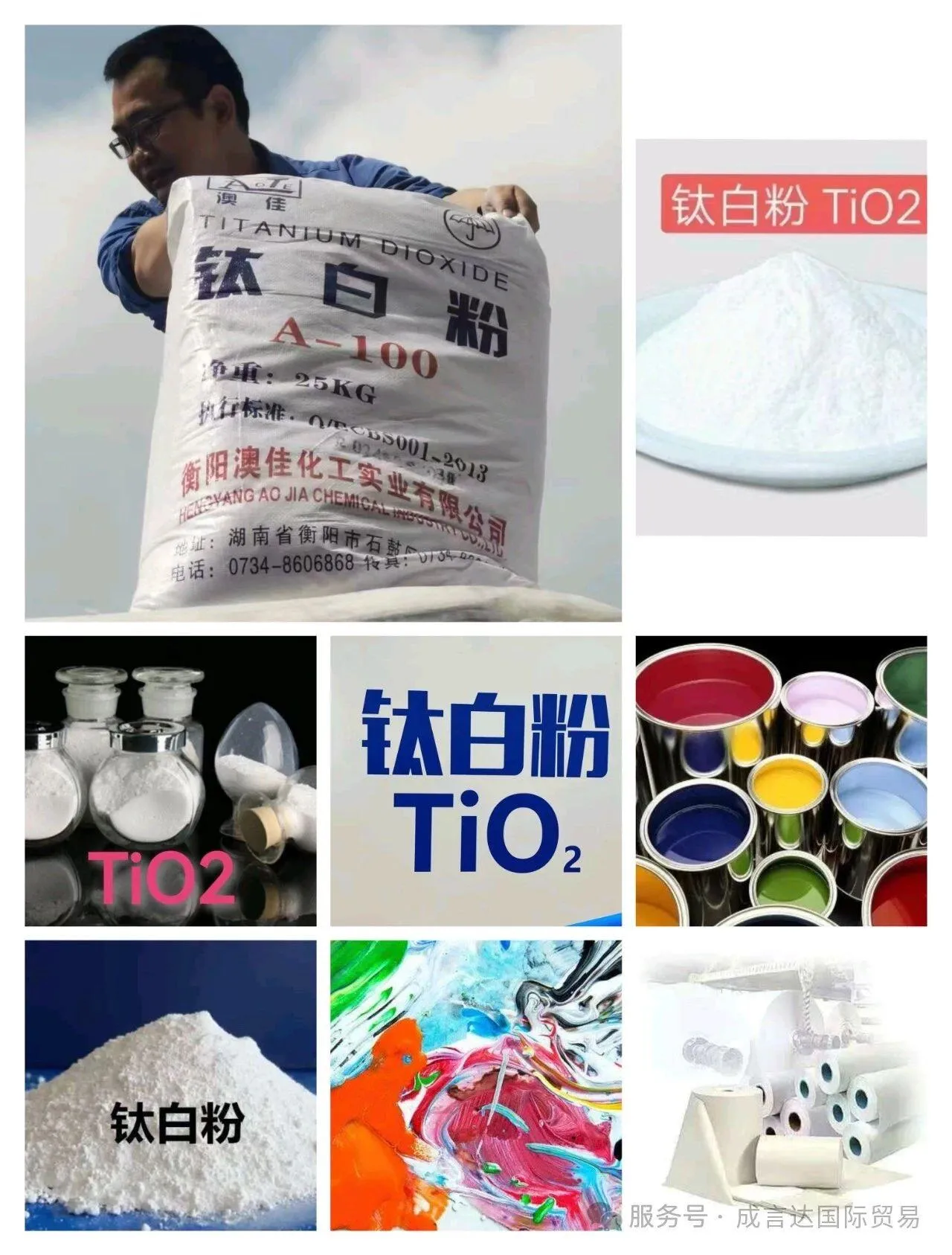
Customization Solutions and Collaborative Innovation
Recognizing that no two coating applications are identical and that specific performance requirements vary widely across industries and geographies, we offer highly tailored solutions for our TiO₂ – Weather-Resistant Pigment for Paints & Coatings. Our technical experts engage in close collaborative innovation with clients to meticulously understand their unique formulation challenges, desired performance criteria, and end-use environment. This bespoke approach includes:
- Tailoring Dispersibility and Compatibility: We can precisely modify the inorganic and organic surface treatments of the pigment to optimize its compatibility and dispersibility with specific resin systems (e.g., acrylics, polyurethanes, polyesters, epoxies) and vehicle types (e.g., water-borne, solvent-borne, high-solids, powder coatings). This ensures efficient pigment incorporation, reduces dispersion energy, and prevents issues like flocculation or streaking, leading to superior film appearance and performance.
- Adjusting Optical Properties: While maintaining paramount weather resistance, we can fine-tune particle characteristics and surface treatments to meet precise hiding power or tinting strength requirements. This can potentially lead to lower pigment loading in certain formulations without compromising opacity, offering cost efficiencies for our customers.
- Optimizing for Niche Applications: Our R&D capabilities allow us to develop specialized grades with enhanced properties for highly specific niche markets. Examples include pigments optimized for very high gloss retention in automotive clear coats, grades that offer superior synergy with anti-corrosion additives for aggressive marine environments, or pigments designed for extreme thermal stability in high-temperature industrial coatings.
- Comprehensive Technical Support and Formulation Guidance: Beyond product customization, our experienced technical service team provides in-depth consultation from the initial concept phase through pilot production. We assist formulators with pigment incorporation techniques, recommend dispersion equipment and parameters, and provide expert trouble-shooting to help clients achieve optimal coating properties and resolve any unexpected challenges that may arise during development or scale-up.
"Our collaboration with [Our Company Name] on a specialized architectural coating project for a new smart city development was seamless and highly effective. Their technical team's deep expertise in tailoring the TiO₂ – Weather-Resistant Pigment for Paints & Coatings to our unique, low-VOC acrylic resin system was invaluable. This partnership resulted in a paint that not only exceeded all durability and aesthetic expectations for our landmark buildings but also streamlined our production process, allowing for faster dispersion and higher batch consistency. We anticipate significant long-term savings in maintenance costs for the city." - Dr. Elena Petrova, Head of R&D, Global Coatings Innovators.
Real-World Application Cases and Customer Experience
The efficacy and superior performance of our TiO₂ – Weather-Resistant Pigment for Paints & Coatings are best demonstrated through its successful deployment in challenging environments worldwide. Our extensive experience spans various sectors, providing tangible proof of the pigment's robust and reliable performance under real-world conditions.
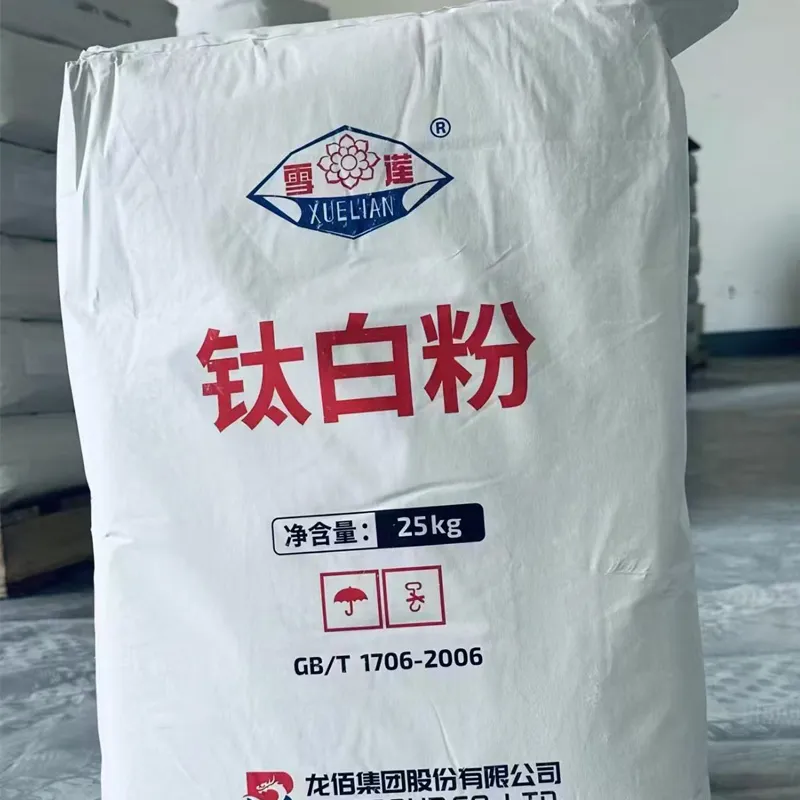
Case Study 1: Protecting a Landmark Bridge in a Coastal Megacity
Challenge: A newly constructed cable-stayed bridge, a significant urban landmark in a bustling coastal megacity, required a coating system that could withstand an extremely aggressive environment. This included relentless exposure to high humidity, corrosive salt spray from the ocean, intense year-round UV radiation, and significant atmospheric pollution from heavy traffic. Traditional protective coatings applied elsewhere in the city had shown signs of premature chalking, discoloration, and loss of anti-corrosive properties within 3-5 years, leading to costly and disruptive recoating schedules that impacted traffic flow.
Solution: We partnered with the designated engineering and coating contractor to develop a specialized, multi-layer protective system. Our advanced TiO₂ – Weather-Resistant Pigment for Paints & Coatings, specifically a grade optimized for high-performance polyurethane topcoats, was integrated into the final layer. The pigment's superior inorganic surface treatment provided an impermeable barrier against UV degradation, while its inherent chemical stability significantly contributed to the coating's overall film integrity and resistance to chemical attack, protecting the crucial underlying steel structure.
Result: After 7 years of continuous exposure, the coated bridge structure exhibited exceptional gloss retention (maintaining over 90% of its initial gloss) and negligible chalking (rated 9.8 on a 1-10 scale, ASTM D4214). The paint film remained intact, showing no signs of cracking, blistering, or delamination, and critically, no rust creep was observed on the steel components. This superior, extended service life not only preserved the aesthetic appeal of the landmark but also translated into estimated maintenance cost savings of over 55% over a typical 10-year cycle and minimized traffic disruptions, demonstrating the long-term economic and operational benefits.
Case Study 2: Enhancing Durability for Outdoor Sporting Equipment
Challenge: A leading manufacturer of outdoor sporting equipment (e.g., premium bicycles, kayaks, athletic gear components) faced challenges with the color stability and gloss retention of their white and brightly colored finishes. These products are constantly exposed to direct sunlight, varying temperatures, and abrasive conditions. Rapid fading and chalking after just one or two seasons were affecting brand reputation and necessitating frequent warranty claims or product returns.
Solution: Working closely with their R&D team, we recommended and supplied a specialized grade of our TiO₂ – Weather-Resistant Pigment for Paints & Coatings optimized for their two-component acrylic-urethane system. This particular grade featured an enhanced zirconia-silica surface treatment, specifically designed for maximum UV protection and gloss stability in high-performance, thin-film applications. Its excellent dispersibility also ensured smooth, defect-free finishes critical for premium products.
Result: After rigorous accelerated weathering tests (equivalent to 5 years of outdoor exposure), the new finishes showed a remarkable improvement. Gloss retention remained above 85%, and the overall color change (ΔE) was less than 0.7, making it virtually imperceptible to the human eye. This dramatic improvement in durability allowed the manufacturer to confidently offer an extended 5-year warranty on their painted components, significantly boosting customer confidence and reducing warranty-related costs by approximately 30% annually. The enhanced product appeal also contributed to a reported 15% increase in sales for their premium lines.
Ensuring Quality, Authority, and Trustworthiness (EEAT)
Our commitment to excellence extends beyond product performance to encompass every aspect of our operations, ensuring that our clients receive not just a superior product, but a reliable partnership grounded in profound expertise, extensive experience, undisputed authority, and unwavering trustworthiness.
Authority and Industry Recognition:
- Global Industry Certifications: We are proud to consistently maintain the highest global standards for quality and environmental management. This includes rigorous adherence to and certification under ISO 9001:2015 for our comprehensive Quality Management Systems and ISO 14001:2015 for our Environmental Management Systems. Furthermore, our products are fully compliant with critical international chemical regulations such as REACH (Registration, Evaluation, Authorisation and Restriction of Chemicals) for the European market and RoHS (Restriction of Hazardous Substances) directives, ensuring global market access and demonstrating our commitment to product safety and environmental stewardship.
- Strategic Industry Partnerships: Over decades, we have forged strong, collaborative partnerships with leading global paint and coating manufacturers, renowned research institutions, and key raw material suppliers. These strategic alliances foster continuous innovation, ensure that our products meet and anticipate evolving industry demands, and validate our position as a trusted partner within the chemical supply chain. Our long-standing relationships with major players underscore our reliability and established presence in the industry.
- Extensive Service Longevity and Expertise: With over 25 years of dedicated service and continuous innovation in the pigment industry, we have amassed an unparalleled wealth of experience and profound technical knowledge. This extensive operational history has allowed us to navigate market complexities, refine our processes, and consistently deliver high-performance solutions, earning the enduring trust of a diverse and global client base. Our team comprises seasoned chemists, engineers, and technical specialists with deep domain expertise.
- Authoritative Citations and Scientific Validation: Our internal research and development efforts, along with comprehensive product data, are routinely validated by independent, accredited third-party laboratories (e.g., SGS, Intertek). We actively participate in and contribute to the development of international industry standards through organizations like ASTM and ISO, ensuring that our methodologies, testing protocols, and product claims are not only scientifically sound but also publicly verifiable and aligned with global best practices.
Trustworthiness and Customer Support:
- Robust Multi-Stage Quality Control: Every single batch of our TiO₂ – Weather-Resistant Pigment for Paints & Coatings undergoes an exhaustive multi-stage quality assurance process. This begins with rigorous incoming raw material inspection, followed by continuous in-process analytical checks (e.g., online particle size analysis, surface chemistry profiling, impurity detection), and culminates in comprehensive final product testing. Final tests include critical parameters such as whiteness (L*a*b* values), tinting strength, oil absorption, pH, volatile content, and crucial accelerated weathering tests (QUV and Xenon-arc exposure) to verify gloss retention, chalking resistance, and color stability. A Certificate of Analysis (CoA) detailing these precise specifications is provided with every shipment, ensuring full transparency and traceability.
- Transparent and Efficient Delivery Cycle: We maintain highly efficient logistics and a globally optimized supply chain management system to ensure timely and reliable delivery of products to our clients worldwide. Standard lead times for most regions are typically 2-4 weeks from order confirmation, with expedited shipping options available for urgent requirements. Clients receive regular, detailed shipping updates and tracking information throughout the entire delivery process, ensuring full visibility and peace of mind.
- Comprehensive Warranty Commitment: We stand unequivocally by the superior quality and performance of our TiO₂ – Weather-Resistant Pigment for Paints & Coatings. Our products are guaranteed to meet or exceed all published specifications and relevant industry standards for a defined period from the date of purchase, provided they are stored, handled, and used strictly as per our detailed technical data sheets and recommendations. Specific warranty details are clearly outlined in our sales agreements, reflecting our confidence in our product's durability.
- Dedicated Global Customer Support: Our global customer support team comprises highly trained technical experts and multilingual service representatives, available to assist with all aspects of client interaction. This includes providing in-depth technical guidance, assisting with optimal product selection for specific applications, facilitating order tracking, and offering comprehensive after-sales service. We are committed to prompt, professional, and effective resolution of any client inquiries or concerns, ensuring a seamless and supportive customer experience.
- Data-Driven Insights and Educational Resources: We regularly publish authoritative technical bulletins, comprehensive white papers, and detailed application guidelines. These resources provide valuable performance data, in-depth application insights, and analyses of emerging industry trends, empowering our customers with the knowledge and tools necessary to make informed decisions and optimize their formulations.
Professional FAQ (FAQs)
Q1: Why is Rutile TiO₂ preferred over Anatase TiO₂ for weather-resistant coatings?
A1: Rutile TiO₂ is significantly preferred for weather-resistant coatings primarily due to its more stable crystal structure and considerably lower photocatalytic activity compared to Anatase TiO₂. When exposed to UV light, Anatase TiO₂ readily acts as a photocatalyst, generating highly reactive free radicals that degrade the organic binder (resin) in the paint film. This leads to rapid chalking, loss of gloss, and discoloration. Rutile TiO₂, on the other hand, possesses a higher refractive index, superior UV absorption capabilities, and its inherent crystal structure is less prone to initiating these detrimental reactions, making it the essential choice for durable exterior applications.
Q2: What role do surface treatments play in the weather resistance of TiO₂ – Weather-Resistant Pigment for Paints & Coatings?
A2: Surface treatments are absolutely paramount and constitute the critical distinction for weather-resistant TiO₂. They involve coating the individual TiO₂ particles with dense, inert inorganic oxides such as amorphous silica (SiO₂), alumina (Al₂O₃), or sometimes zirconia (ZrO₂). These meticulously applied layers create a protective physical and chemical barrier, effectively encapsulating the photocatalytically active TiO₂ core. This encapsulation prevents direct contact between the TiO₂ surface and the surrounding organic binder of the paint, thereby inhibiting the pigment's ability to catalyze the photo-oxidative degradation of the polymer under UV light. Additionally, organic treatments are often applied to further enhance dispersibility and compatibility with various resin systems, contributing to improved film integrity and reduced defects.
Q3: How does the particle size distribution of TiO₂ – Weather-Resistant Pigment for Paints & Coatings affect its performance?
A3: The optimal particle size for TiO₂ pigment, typically ranging between 0.2 to 0.3 micrometers (200-300 nanometers), is crucial because it aligns with the wavelength of visible light, maximizing the efficiency of light scattering (known as Rayleigh scattering). A precisely controlled and narrow particle size distribution ensures superior opacity and tinting strength, yielding excellent hiding power and a clean, bright appearance. Deviations from this optimal range—either too fine (leading to blue undertones due to excessive Rayleigh scattering in the blue region) or too coarse (reducing scattering efficiency and hiding power)—can significantly compromise the optical properties and overall aesthetic performance of the coating. Consistent particle size also aids in dispersion and reduces film defects.
Q4: What is the significance of "chalking" in paint, and how does weather-resistant TiO₂ prevent it?
A4: Chalking is a common form of paint degradation where a fine, powdery, white film develops on the surface of a coating. This occurs primarily due to the photo-oxidative breakdown of the paint's organic binder (resin) by UV light and moisture, a process often accelerated by the photocatalytic activity of unprotected TiO₂. As the binder degrades, exposed pigment particles become loosely adhered to the surface, leading to a dull, faded appearance and reduced protective properties. Weather-resistant TiO₂ effectively prevents chalking by incorporating robust, multi-layered inorganic surface treatments that shield the pigment's core from UV radiation, thereby inhibiting its photocatalytic activity and preserving the integrity and durability of the binder system.
Q5: Can this TiO₂ – Weather-Resistant Pigment for Paints & Coatings be used in both water-based and solvent-based paint systems?
A5: Yes, our TiO₂ – Weather-Resistant Pigment for Paints & Coatings is engineered with versatile and optimized organic surface treatments that promote excellent compatibility and dispersibility across a wide spectrum of binder systems. This includes both water-borne systems (e.g., acrylic emulsions, styrene-acrylics) and various solvent-based systems (e.g., alkyds, polyurethanes, epoxies). While our standard grades offer broad compatibility, we also provide specialized grades optimized for very specific polarities or chemical environments to ensure maximum performance and ease of formulation for demanding applications.
Q6: What are the primary testing methods used to evaluate the weather resistance of coatings containing this pigment?
A6: The primary methods for evaluating weather resistance include both accelerated weathering tests and natural outdoor exposure studies. Accelerated weathering involves specialized laboratory equipment like Fluorescent Ultraviolet (UV) Condensation Apparatus (QUV, per ASTM G154) or Xenon-arc weathering devices (per ASTM G155 or ISO 11341). These machines simulate outdoor conditions by cycling between intense UV exposure, moisture (condensation or water spray), and temperature variations over a compressed timeframe. Key performance indicators measured include gloss retention (ASTM D523), color change (ΔE per CIE L*a*b*), chalking rating (ASTM D4214), and visual assessment for cracking, blistering, and erosion. Natural outdoor exposure, while slower (typically years), provides the most accurate real-world performance data by exposing coated panels to actual environmental conditions at various test sites globally.
Q7: How does the use of weather-resistant TiO₂ contribute to sustainability and energy efficiency?
A7: The use of weather-resistant TiO₂ significantly contributes to sustainability and energy efficiency in multiple ways. Firstly, by dramatically extending the lifespan of coatings, it reduces the frequency of repainting and maintenance cycles. This directly translates to less consumption of raw materials, lower energy expenditure in manufacturing and applying new coatings, and a substantial reduction in construction and demolition waste. Secondly, in "cool roof" and "cool wall" applications, high-performance TiO₂ enhances the solar reflectance of surfaces. By reflecting a higher percentage of sunlight and associated heat away from buildings, it lowers interior temperatures, thereby significantly reducing the energy demand for air conditioning. This directly results in decreased electricity consumption and associated greenhouse gas emissions, aligning with global climate change mitigation and energy conservation efforts.
Conclusion: A New Era of Coating Performance
The relentless pursuit of durability, aesthetic longevity, and sustainable performance in paints and coatings finds its ultimate expression in TiO₂ – Weather-Resistant Pigment for Paints & Coatings. This advanced pigment is not merely an ingredient; it is a fundamental, high-value component that empowers coating systems to defy the most aggressive environmental elements, preserving both beauty and functionality for decades. From towering skyscrapers and critical infrastructure to high-performance automotive finishes and everyday consumer products, its superior UV resistance, unparalleled color and gloss retention, and exceptional chalking resistance translate into tangible benefits: significantly reduced maintenance costs, dramatically enhanced product lifespan, and vital contributions to global energy efficiency and environmental sustainability goals.
As the global market continues to prioritize uncompromising performance, long-term value, and ecological responsibility, the demand for such specialized, high-performance pigments will only intensify. We are committed to leading this evolution, leveraging cutting-edge research, stringent quality control, a deep understanding of our clients' diverse needs, and a collaborative innovation approach to deliver tailored solutions that redefine coating excellence. We invite you to explore the full capabilities of our product TiO₂ – Weather-Resistant Pigment for Paints & Coatings and connect with our experts to discover how we can elevate the performance, durability, and sustainability of your next ambitious project.
References and Further Reading:
- Grand View Research. (2023). Titanium Dioxide Market Size, Share & Trends Analysis Report. Retrieved from https://www.grandviewresearch.com/industry-analysis/titanium-dioxide-market
- MarketsandMarkets. (2022). Cool Roofs Market by Type (Coating, Modified Bitumen, Single-Ply Membrane), Application (Residential, Commercial, Industrial), and Region – Global Forecast to 2027. Retrieved from https://www.marketsandmarkets.com/Market-Reports/cool-roofs-market-108422791.html
- ASTM International. (n.d.). ASTM G154 - Standard Practice for Operating Fluorescent Ultraviolet (UV) Lamp Apparatus for Exposure of Nonmetallic Materials. Retrieved from https://www.astm.org/g0154.html
- ISO. (n.d.). ISO 591-1:2000 - Pigments - Titanium dioxide pigments - Part 1: Specifications and methods of test. Retrieved from https://www.iso.org/standard/32970.html
- Levinson, R., & Akbari, H. (2007). Potential of cool roofs and cool pavements to reduce cooling energy use and urban heat island effects in hot climates. Energy and Buildings, 39(9), 1150-1160. Retrieved from https://escholarship.org/uc/item/4p27f8x7
- Paint & Coating Industry (PCI) Magazine. Insights on TiO₂ performance and advancements. Example: https://www.pcimag.com/articles/93291-making-titanium-dioxide-pigments-more-efficient
- European Coatings Journal. Technical articles on pigment technology and weatherability. Example: https://www.european-coatings.com/news-blog/latest-news/titanium-dioxide-pigments-for-exterior-applications
- Chemical Engineering. (2018). TiO₂ Production: Current Processes and Future Outlook. (Access to specific articles may require subscription) Example: https://www.chemengonline.com/

Pervious
